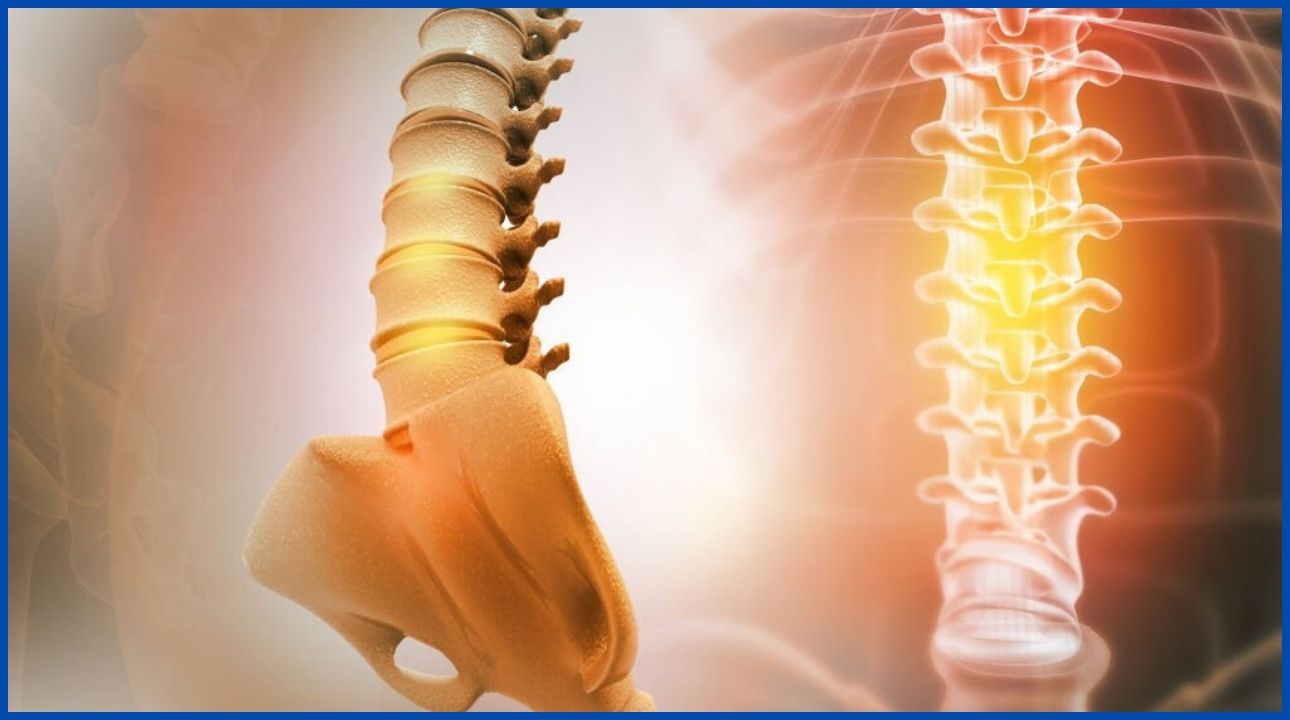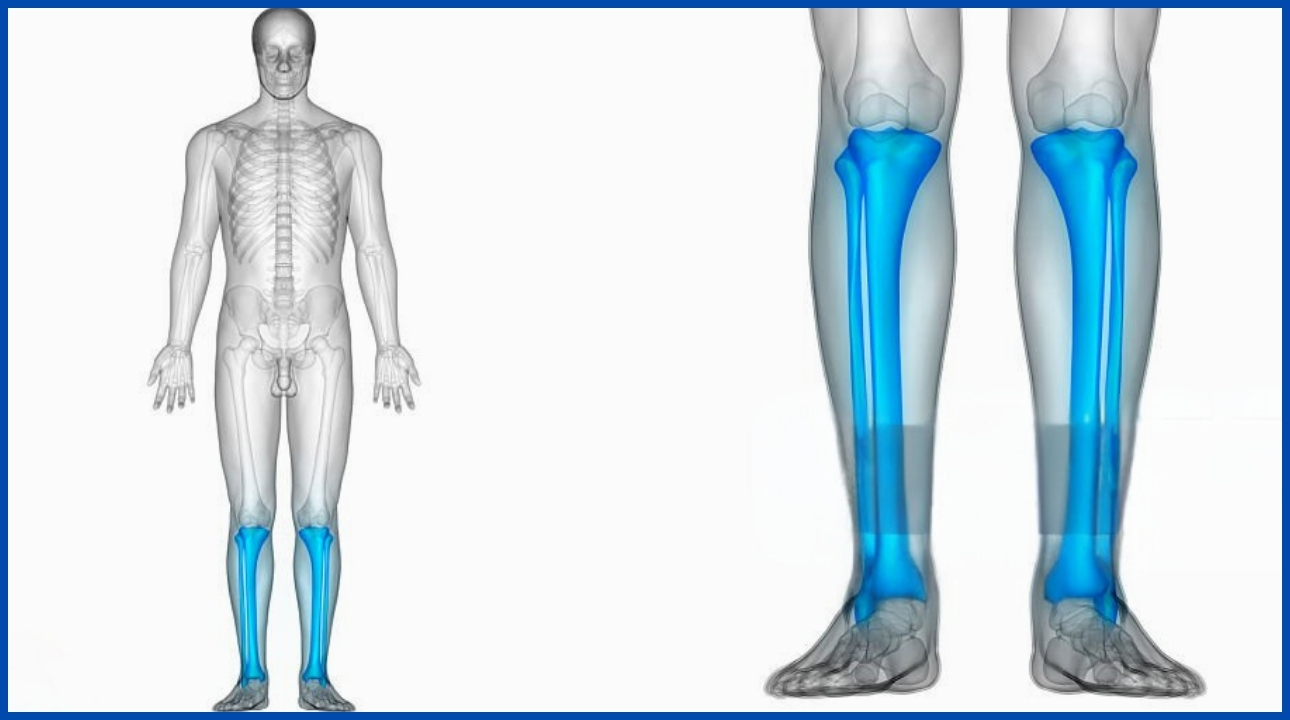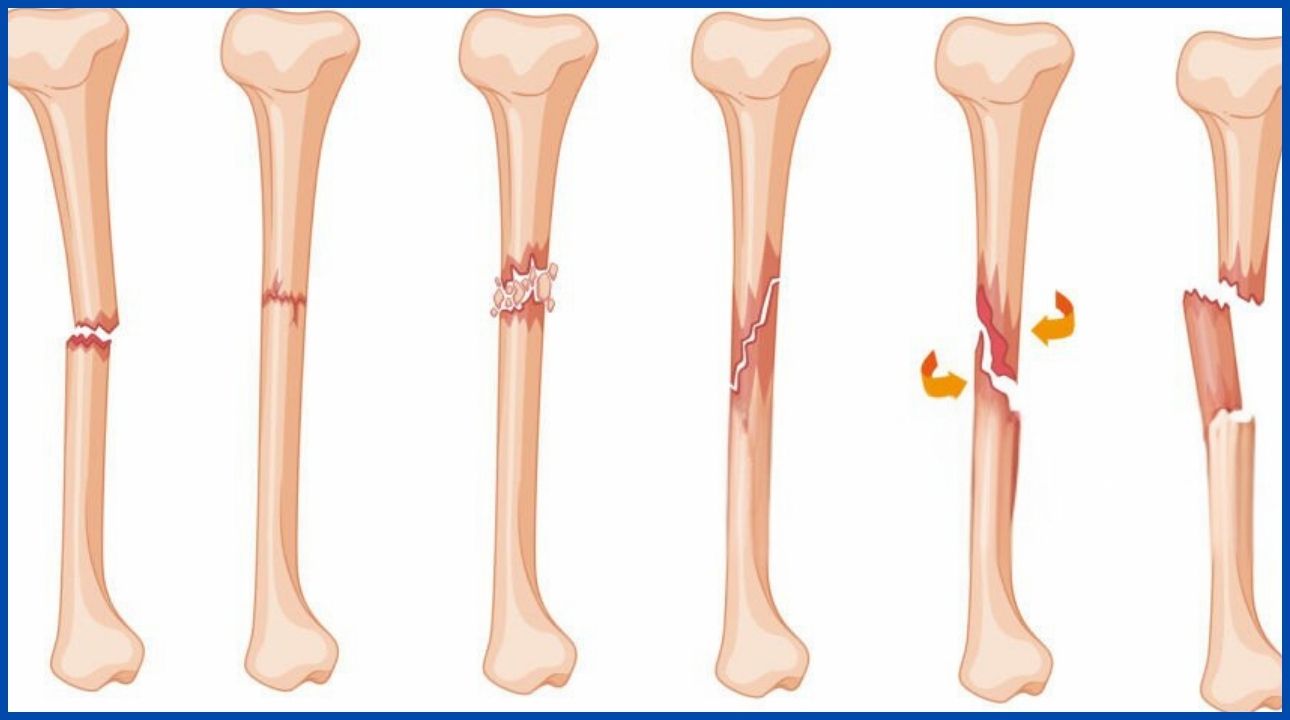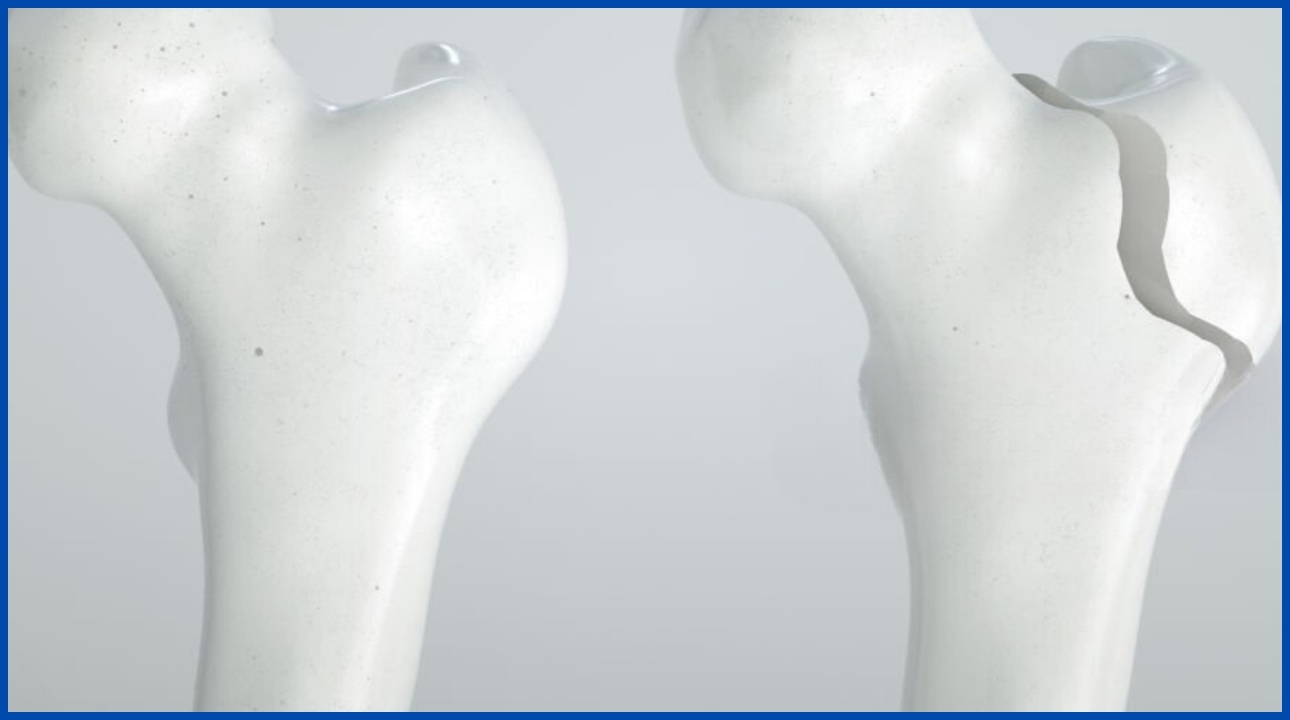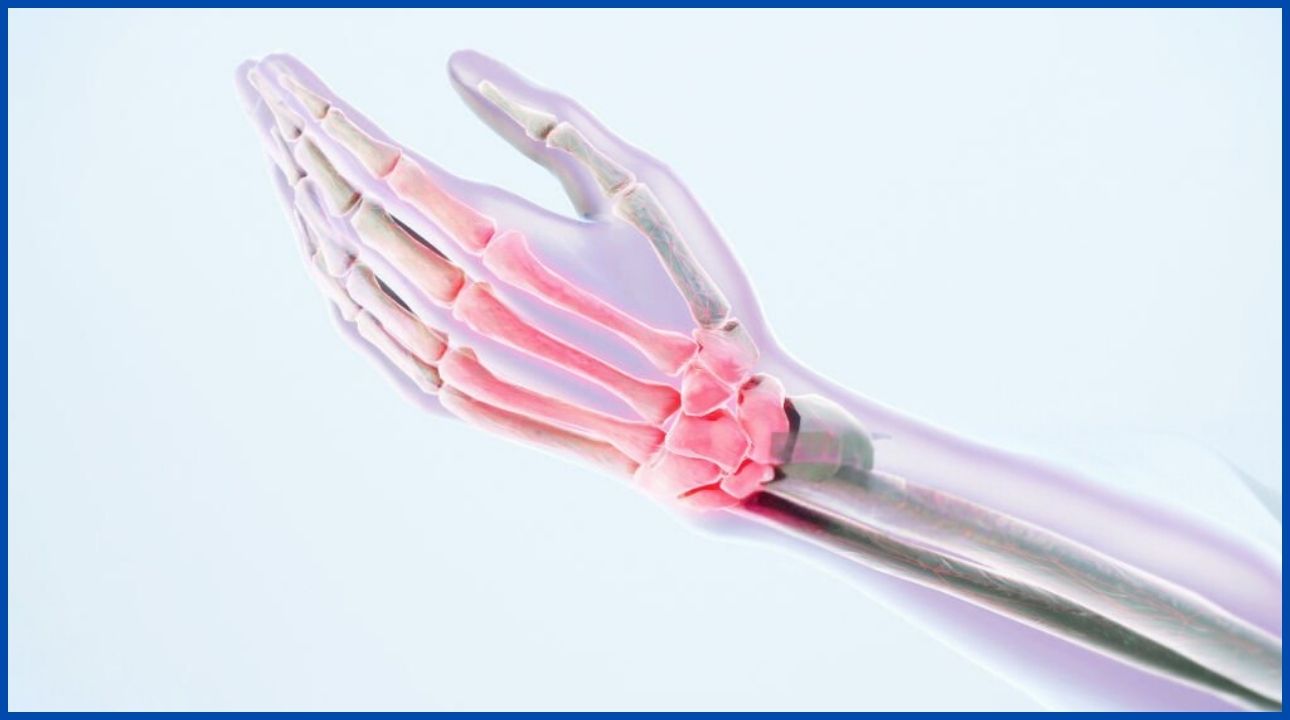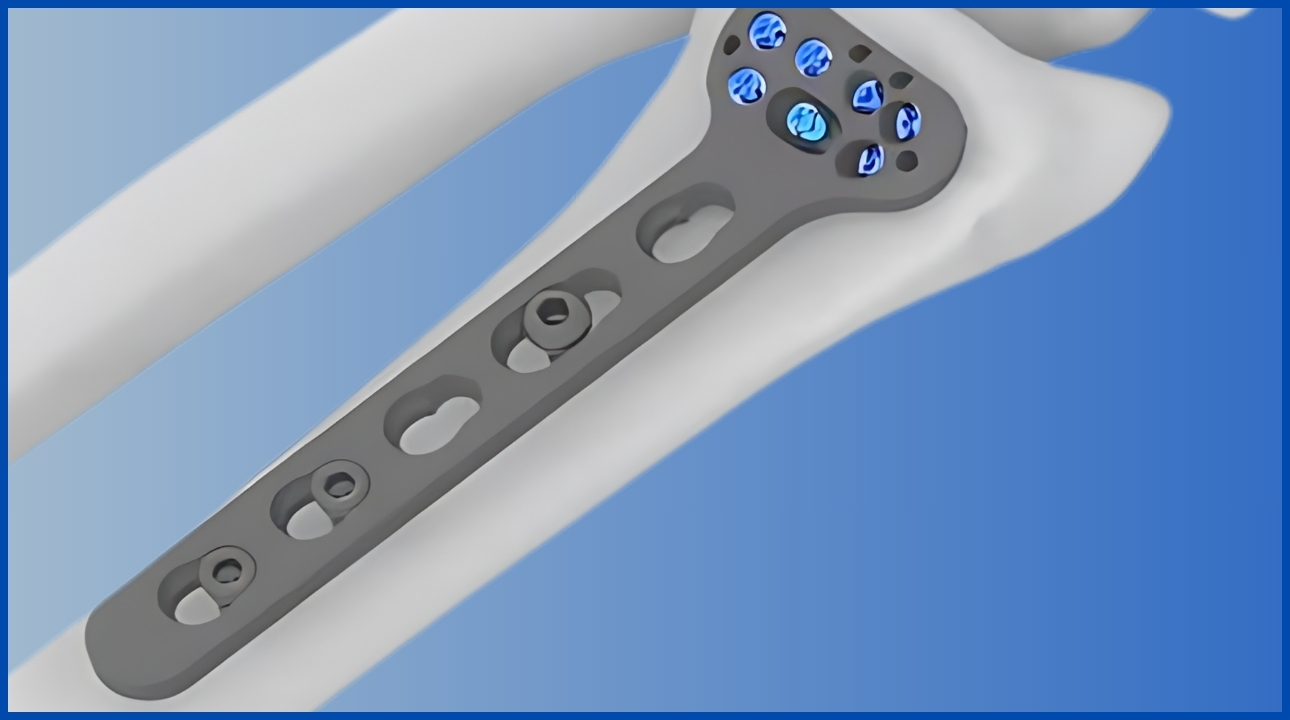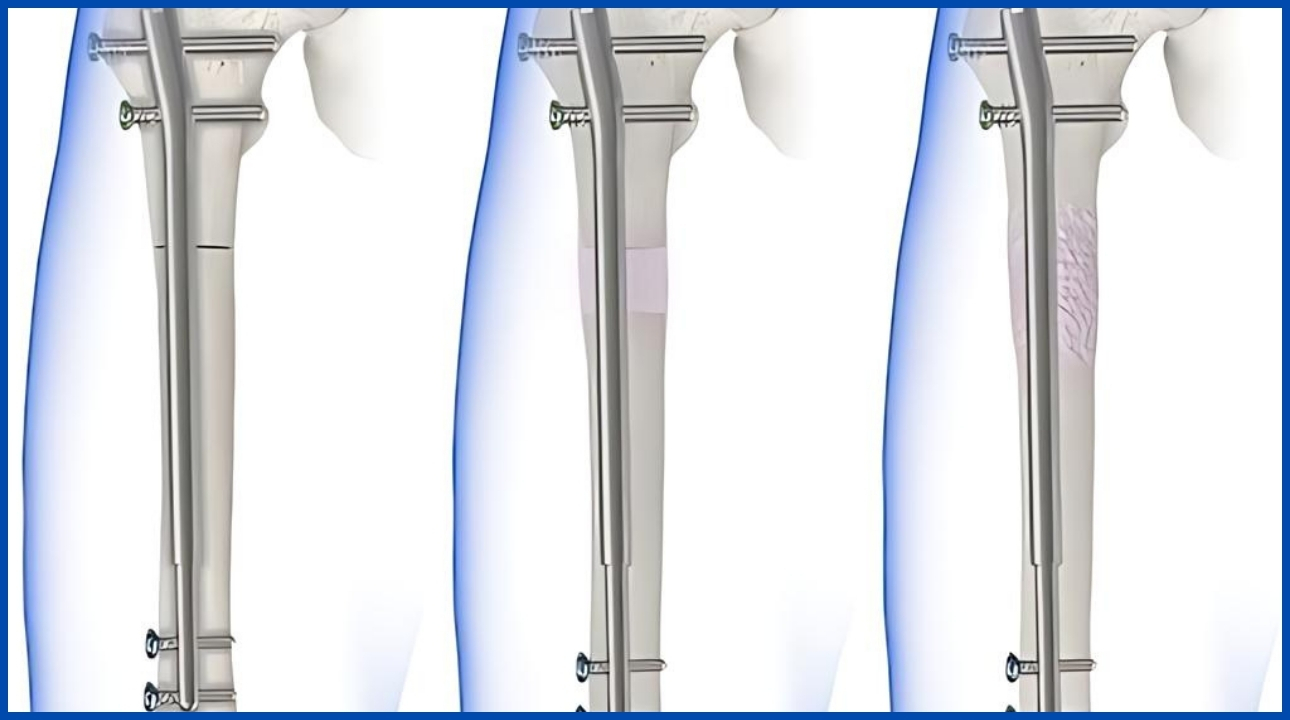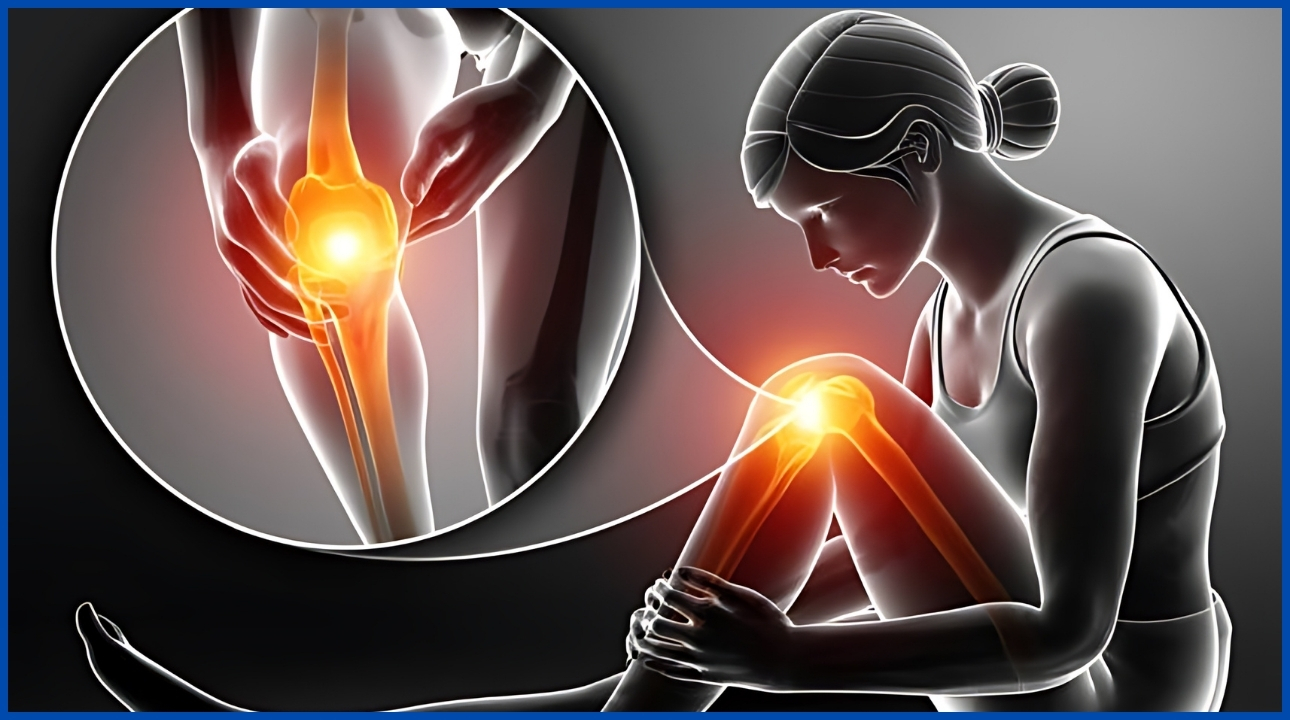
Blog
Osteotomy Fractures: Causes, Treatment Options, and Implants

When to Seek Orthopedic Trauma Care
Osteotomy fractures present significant challenges in orthopedic surgery, occurring either during or after an osteotomy—a procedure involving the cutting and realignment of bones to correct deformities, relieve joint pressure, or enhance bone structure. Advanced solutions and precision-engineered implants are essential for effective treatment, supporting patient recovery and surgical success.
What Are Osteotomy Fractures?
Osteotomies are commonly performed to address alignment issues in weight-bearing bones, such as the femur or tibia. Fractures at the osteotomy site can result from inadequate healing, excessive bone loading, or surgical complications. These fractures may require additional surgical intervention and can arise in various locations depending on the procedure.
Causes of Osteotomy Fractures
Osteotomy fractures may develop for several reasons:
- Weak Bone Quality: Patients with compromised bone strength are more susceptible to fractures.
- Improper Healing: Factors such as infection, insufficient immobilization, or reduced blood supply can hinder proper healing and lead to fractures.
- Overloading: Stress fractures can occur if the operated area experiences excessive mechanical stress before full healing.
- Surgical Technique: Errors during surgery, such as improper fixation device placement or aggressive bone cuts, can increase fracture risk.
Treatment of Osteotomy Fractures
Effective treatment aims to re-stabilize the fracture, promote bone healing, and ensure proper post-operative care. Common approaches include:
- Rest and Immobilization: Using braces or casts stabilizes the fracture and reduces stress on the bone.
- Internal Fixation: Screws, plates, and locking plates are often used to support fracture healing and alignment.
- Bone Grafting: When healing is delayed, bone grafts can stimulate bone growth by providing a scaffold for new bone formation.
- Rehabilitation: Physical therapy post-surgery is essential to restore strength and mobility while minimizing further complications.
Osteotomy Plate Implants for Treatment
Various osteotomy plates are designed to stabilize fractures and promote healing, including:
- Distal Lateral Femoral Osteotomy Locking Plate: Stabilizes the distal femur post-osteotomy, supporting alignment and rigid fixation.
- Proximal Lateral Tibial Osteotomy Locking Plate: Specifically designed for tibial osteotomies, ensuring stability and reducing post-operative complications.
- 5.0 mm VA-LCP Condylar Femur (Cable) LCP, Curved: Offers variable-angle locking and an anatomical design, providing superior fixation even in complex cases.
- Tomofix LCP: This locking compression plate provides stability for high tibial osteotomies, enhancing mechanical alignment and reducing fracture risks.
- List ItemDistal Medial Femoral Osteotomy Locking Plate: Corrects varus deformities, keeping the bone stable during healing with secure fixation.
Conclusion
Osteotomy fractures are complex but can be successfully treated with the right implants and techniques. State-of-the-art implants such as the Distal Lateral Femoral Osteotomy Locking Plate, Proximal Lateral Tibial Osteotomy Locking Plate, and Tomofix LCP are designed to support healing and restore mobility. By addressing fractures with precision, advanced orthopedic implants help set a high standard in treatment, promoting effective recovery and improved patient outcomes.
Other Blog
Stay Connected
We're here to assist you! If you have any questions or need information about the products available on our website, please don’t hesitate to reach out.
Join the Conversation
Subscribe to our newsletter and follow us for updates and offers. We’d love to stay in touch!
Location
- Plot No. 1/2, 2&3, Survey No. 605, JD Industrial Area -1 Ravki - Makhavad Road, Ravki, Rajkot, Gujarat - 360 004


